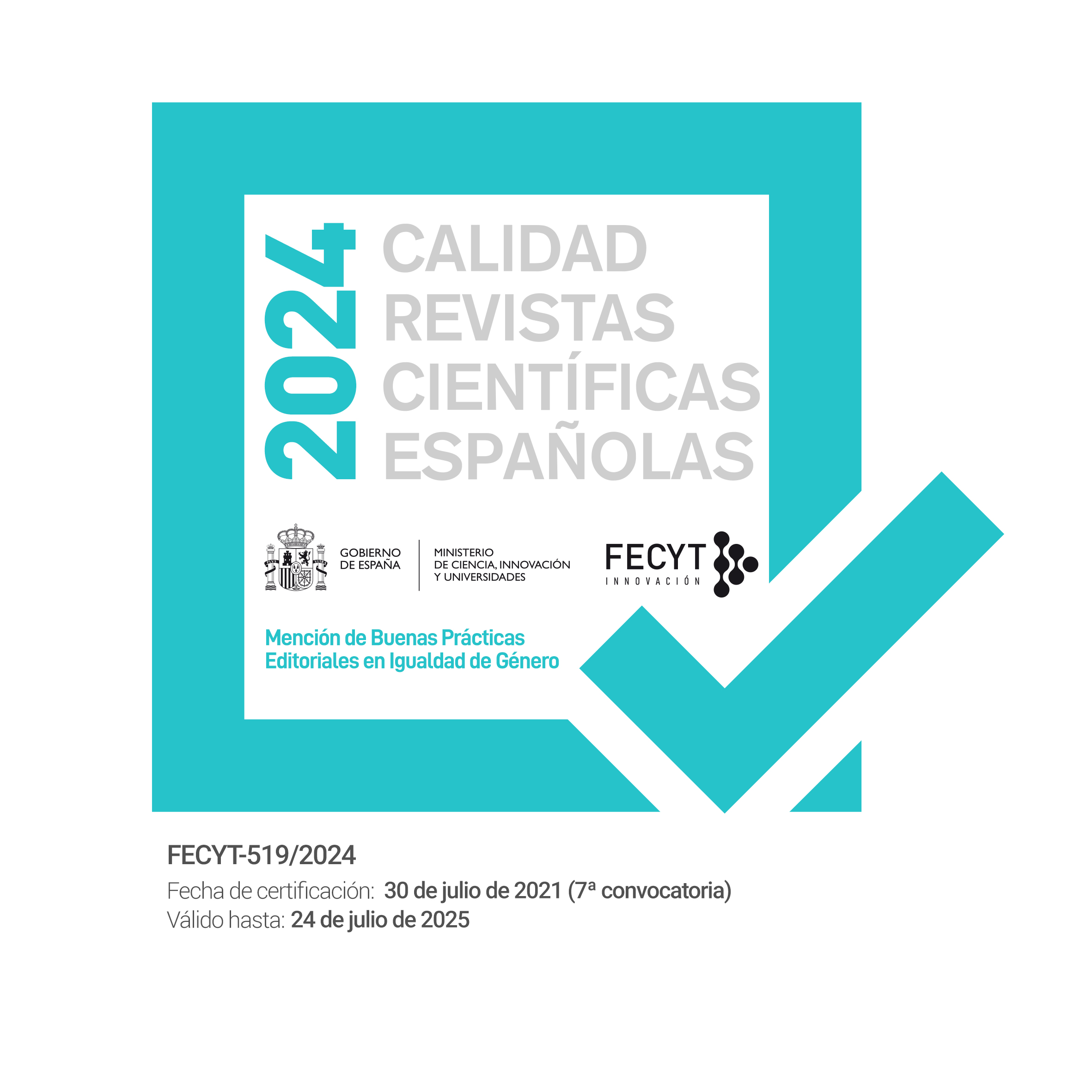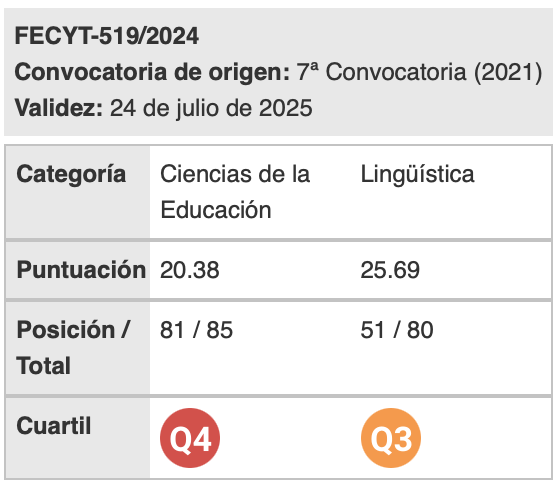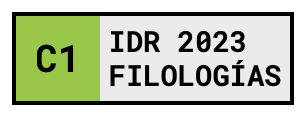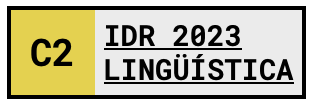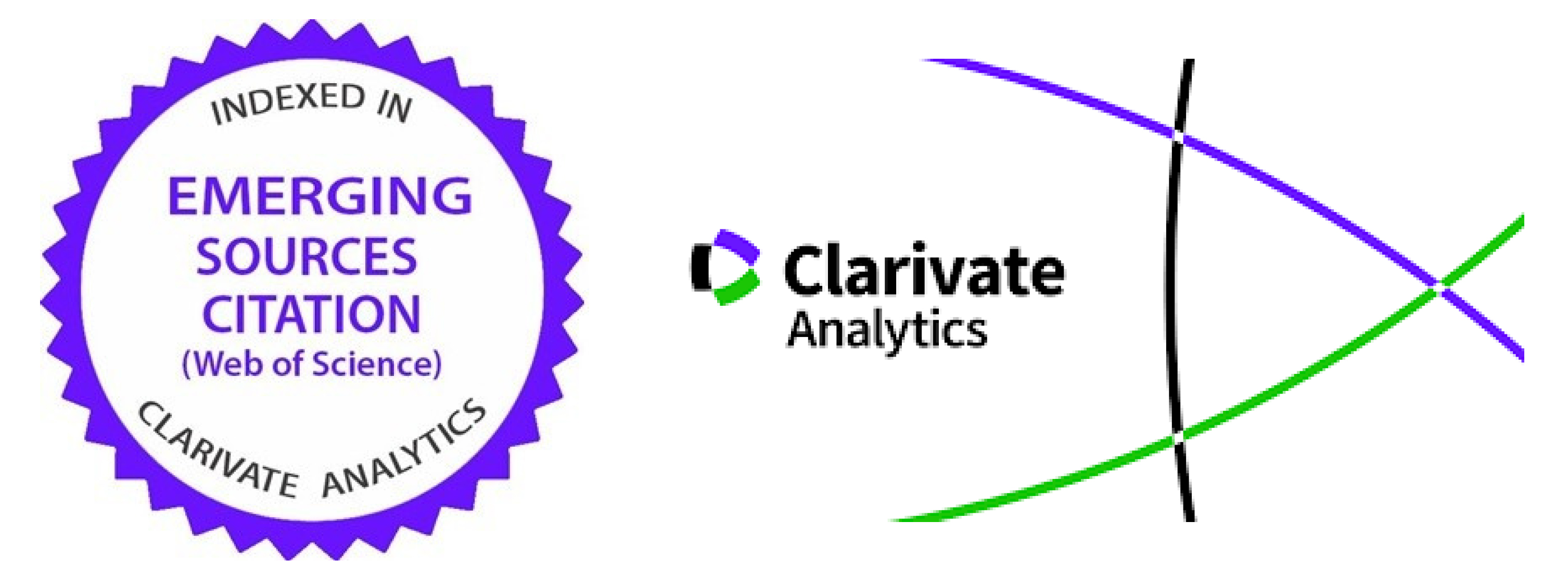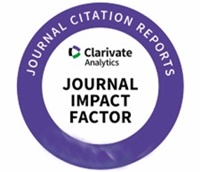Medical case reports and titleology: A diachronic perspective (1840-2009)
Palabras clave:
medicine, case reports, titles, diachrony, BMJ, BMJ Case ReportsResumen
This paper is a diachronic analysis of a corpus of 180 titles drawn from CRs published in the BMJ and the BMJ Case Reports between 1840 and 2009. The frequency of occurrence of 69 variables (e.g. title type and length, punctuation, grammatical and syntactic data, number of authors and collaboration practices) was recorded for each title. The corpus was divided into three blocks (1840-1850, 1920-1930 and 2009) and between-block comparisons were carried out. Our findings show that CR titles have evolved over the 160-year period studied in the sense that they have increased in length, syntactic complexity, semantic richness and title type diversity. Authorship patterns and collaboration practices have changed, too. Although internationalization of case reporting has increased over time, today’s preferred practice is still local collaboration. The only variable that has remained constant over the years is the nominal nature of CR titles. We put forth several social and scientific factors that could account for the various shifts observed. The non-informativeness of CR titles that persisted over time can be explained by the fact that CR authors are reluctant to give a generalization flavor to their findings based on single cases.
**********
ERRATUM
In this article, an error was subsequently identified in Footnote 1. This error concerns acknowledgement of funding information. The corrected text is now included beow:
1 This research was supported by Grant N° M-1039-13-06-B from the University of The Andes Research Center.
Correction added on 23 February 2015, after online publication in November, 2013.
Descargas
Citas
Anthony, L. (2001). Characteristic features of research article titles in computer science. IEEE Transactions of Professional Communication, 44(3), 187-194.
Atkinson, D. (1992). The evolution of medical research writing from 1735 to 1985: The case of The Edinburgh Medical Journal. Applied Linguistics, 13, 337-374.
Berkenkotter, C, & Huckin, T. (1995). Genre knowledge in disciplinary communication. Hillsdale, NJ: Lawrence Erlbaum.
Biacchi, A. (2003). Relation complexity of titles and texts: A semiotic taxonomy. In L. Merlini Barbaresi (Ed.), Complexity in language and text (pp. 319-341). Pisa: PLUS.
Busch-Lauer, I. (2000). Titles in English and German research papers in medicine and linguistics. In A. Trosborg (Ed.), Analysing professional genres (pp. 77-97). Amsterdam: John Benjamins.
Castells, M. (2000). The rise of the network society. Oxford: Blackwell.
Cronin, B. (2002). Hyper-authorship: a postmodern perversion or evidence of a structural shift in scholarly communication practices? Journal of the American Society for Information Science and Technology, 2(7), 558-569.
Cronin, B. (2005). The hand of science. Academic writing and its rewards. Lanham, D: Scarecrow Press.
Cronin, B. (2012). Collaboration in art and in science: Approaches to attribution, authorship and acknowledgment. Information and Culture, 47(1), 18-37.
Cronin, B., Shaw, D., & La Barre, K. (2003). A cast of thousand. Co-authorship and sub-authorship collaboration in the twentieth century as manifested in the scholarly literature of psychology and philosophy. Journal of the American Society for Science and Technology, 54(9), 855-871.
Day, R. A. (1995). How to write and publish a scientific paper. Cambridge: Cambridge University Press.
Dietz, G. (2001). The pragmatics of scientific titles formulated as questions. Metalinguistica, 9, 19-35.
Fischer, B. A, & Zigmond, M. J. (2004). Components of a research article. 0009www.survival.pitt.edu/library/documents/ComponentsofaResearchArticle.pdf. Accessed 07/01/2009.
Goodman, N. W. (2000). Survey of active verbs in the titles of clinical trials reports. British Medical Journal, 320, 914-915.
Goodman, N. W. (2010). Novel tool constitute a paradigm: How title words in medical journal articles have changed since 1970. The Write Stuff, 19(4), 269-271.
Goodman, N. W. (2011). Fashion in medicine and language: Inferences from titles and abstracts of articles listed in PubMed. The Write Stuff, 20(1), 39-42.
Goodman, R. A., Thacker, S. B., & Siegel, P. Z. (2001). What’s in a title? A descriptive study of article titles in peer reviewed medical journals. Science Editor, 24(3), 75-78.
Haggan, M. (2004). Research paper titles in literature, linguistics and science: Dimensions of attraction. Journal of Pragmatics, 36, 293-317.
Hartley. J. (2007). Planning that title: Practices and preferences for titles with colons in academic articles. Library and Information Science Research, 29, 553-568.
Hartley, J. (2008). Academic writing and publishing: A practical handbook. Abingdon: Routledge.
Haynes, R. B., McKibbon, K. A., Walker, C. J., Fitzgerald, N., & Ramsden, M. F. (1990). Online access to MEDLINE in clinical settings. Annals of Internal Medicine, 112, 78-84.
Jaime-Sisó, M. (2009). Titles or headlines? Anticipating conclusions in biomedical research article titles as a persuasive journalistic strategy to attract busy readers. Miscelánea. A Journal of English and American Studies, 39, 29-54.
Laband, D. N, & Tollison, R. D. (2000). Intellectual collaboration. Journal of Political Economy, 108(3), 632-662.
Lewinson, G., & Hartley, J. (2005). What’s in a title? Number of words and the presence of colons. Scientometrics, 63(2), 41-356.
Maisonneuve, H., Lorette, G., Maruani, A., & Huguier, M. (2010). La rédaction médicale. Paris: Doin editeurs.
McGowan, J., & Tugwell, P. (2005). Informative titles described article content. Journal of the Canadian Health Libraries Association, 26, 83-84.
Nobert, M. (1983). Le titre comme séduction dans le roman Harlequin: Une lecture sociosémiotique. Études littéraires, 16(3), 379-398.
Rosner, J. Reflections on science as a product. Nature 1990:345:108.
Roy, M. (2008). Du titre littéraire et de ses effets de lecture. Protée, 36(3), 47.
Salager-Meyer, F. (1984). Compound nominal phrases in scientific technical writings: Proportion and rationale. In A. K. Pugh & J. M. Ulijn (Eds.), Reading in a foreign language: Studies in native and foreign languages (pp. 136-146). London: Heinemann.
Salager-Meyer, F. (2012). The importance of medical case reports. European Science Editing, 38(2), 38-39.
Smith, R. (2000). Informative titles in the BMJ. British Medical Journal, 320, 915.
Soler, V. (2007). Writing titles in science: An exploratory study. English for Specific Purposes, 26(1), 90-102. Soler, V. (2009). Títulos científicos en lengua española: Estudio exploratorio. Lebende Sprachen, 2, 50-58.
Soler, V. (2011). Comparative and contrastive observations on scientific titles in written English and Spanish. English for Specific Purposes, 30, 124-137.
Sugimoto, C. R., & Cronin, B. (2012). Bio-bibliometric profiling: An examination of multi-faceted approaches to scholarship. Journal of the American Society for Information Science and Technology, 63(3), 450-468.
Swales, J. (1990). Genre analysis: English in academic and research settings. Cambridge: Cambridge University Press.
Swales, J., & Feak, C. B. (1994). Academic writing for graduate students. A course for nonnative speakers of English. Ann Arbor, MI: The University of Michigan Press.
Yakhontova, T. (2002). Titles of conference presentation abstracts: A cross-cultural perspective. In E. Ventola, C. Shalom & S. Thompson (Eds.), The language of conferencing (pp. 277-300). Frankfurt: Peter Lang.
Descargas
Archivos adicionales
Publicado
Cómo citar
Número
Sección
Licencia
Aquellos autores/as que tengan publicaciones con esta revista, aceptan los términos siguientes:
- Los autores/as conservarán sus derechos de autor y garantizarán a la revista el derecho de primera publicación de su obra, el cuál estará simultáneamente sujeto a la Licencia de reconocimiento de Creative Commons que permite a terceros compartir la obra siempre que se indique su autor y su primera publicación esta revista.
- Los autores/as podrán adoptar otros acuerdos de licencia no exclusiva de distribución de la versión de la obra publicada (p. ej.: depositarla en un archivo telemático institucional o publicarla en un volumen monográfico) siempre que se indique la publicación inicial en esta revista.
- Se permite y recomienda a los autores/as difundir su obra a través de Internet (p. ej.: en archivos telemáticos institucionales o en su página web) antes y durante el proceso de envío, lo cual puede producir intercambios interesantes y aumentar las citas de la obra publicada. (Véase El efecto del acceso abierto).

Revista de Lenguas para fines específicos is licensed under a Creative Commons Reconocimiento-NoComercial-SinObraDerivada 4.0 Internacional License.





